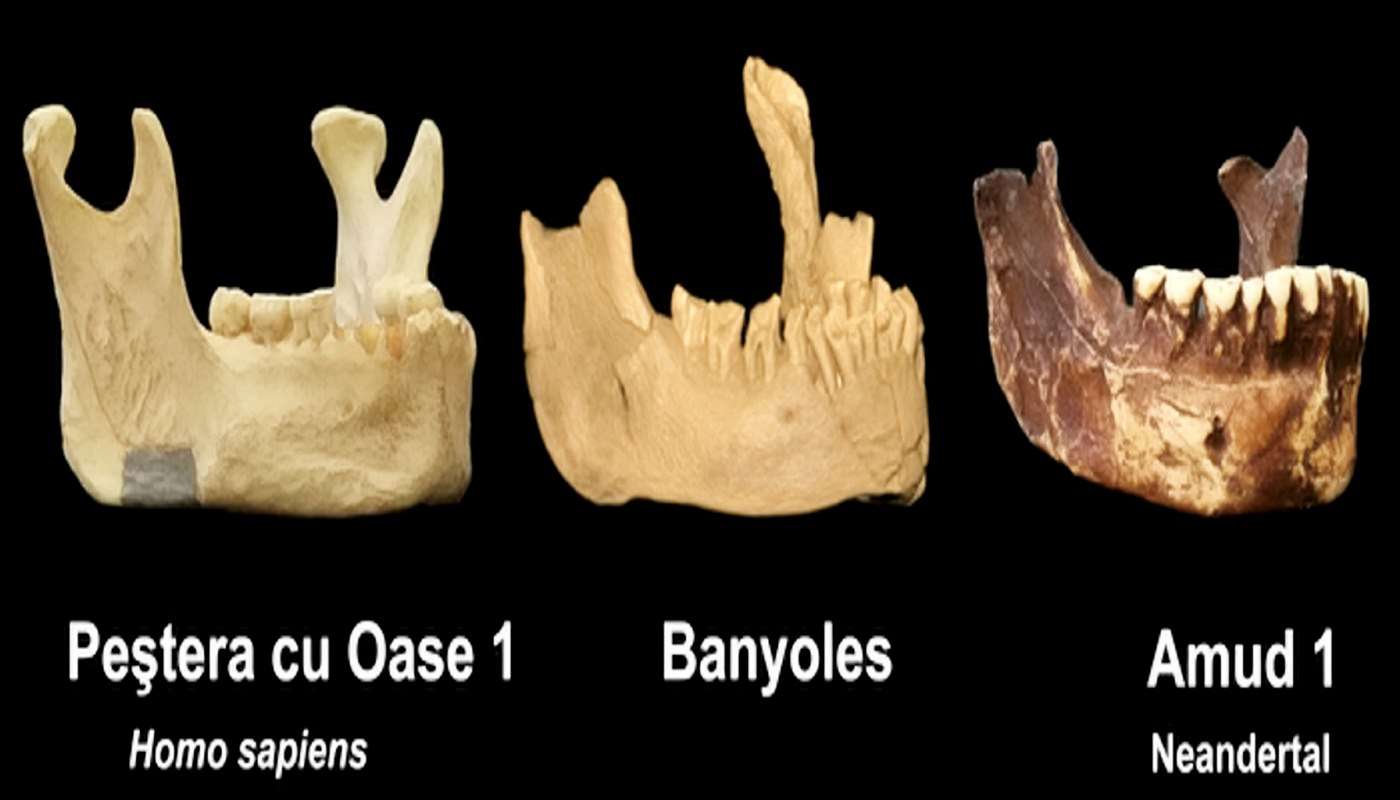Woman's Name and Tiny Sketches Found in 1,300-Year-Old Medieval Text was Hidden for 12 Centuries
A female scribe named Eadburg left her name in dry etchings on the margins of a Medieval copy of the Acts of the Apostles, new scans found.

A re-examination of a hominid jawbone found over 100 years ago in Spain may have just back-dated the presence of humans in Europe by an additional 25,000 years.
Found in 1887 near a quarry in Banyoles, the bone was thought to belong to a neanderthal, who were known to inhabit the area before Homo sapiens.
The oldest confirmed modern human remains in Europe, identified using DNA, are from 44,000 years ago from a cave in Bulgaria, but recent advances in 3D morphometric computer modeling has given scientists like Brian Keeling new tools to examine previous finds.
"The mandible has been studied throughout the past century and was long considered to be a neanderthal based on its age and location, and the fact that it lacks one of the diagnostic features of Homo sapiens: a chin," said Keeling, a Binghamton University graduate student.
"Our results found something quite surprising-Banyoles shared no distinct neanderthal traits and did not overlap with neanderthals in its overall shape."
The Banyoles jawbone appeared to match best with Homo sapiens in the expression of its features, and its overall shape, although identification has been a challenge complicated by some traits that are shared across earlier human species.
"If Banyoles is really a member of our species, this prehistoric human would represent the earliest H. sapiens ever documented in Europe," said Keeling.
Homo sapien remains from Romania that had Neanderthal ancestors back beyond 4 to 6 generations were too different for Banyoles to be considered one of these hybrid individuals.
Consequently scientists ruled it down to two options for the Banyoles mandible – a member of a previously unknown Homo sapien population that lived alongside neanderthals, or a hybrid between this undiscovered Homo sapiens group and a non-neanderthal unidentified human species.
"We were confronted with results that were telling us Banyoles is not a neanderthal, but the fact that it does not have a chin made us think twice about assigning it to Homo sapiens," said Rolf Quam, professor of anthropology at Binghamton University. "The presence of a chin has long been considered a hallmark of our own species."
SHARE This Small Piece Of Our Origin Story With Your Chinned-Friends…
Be the first to comment